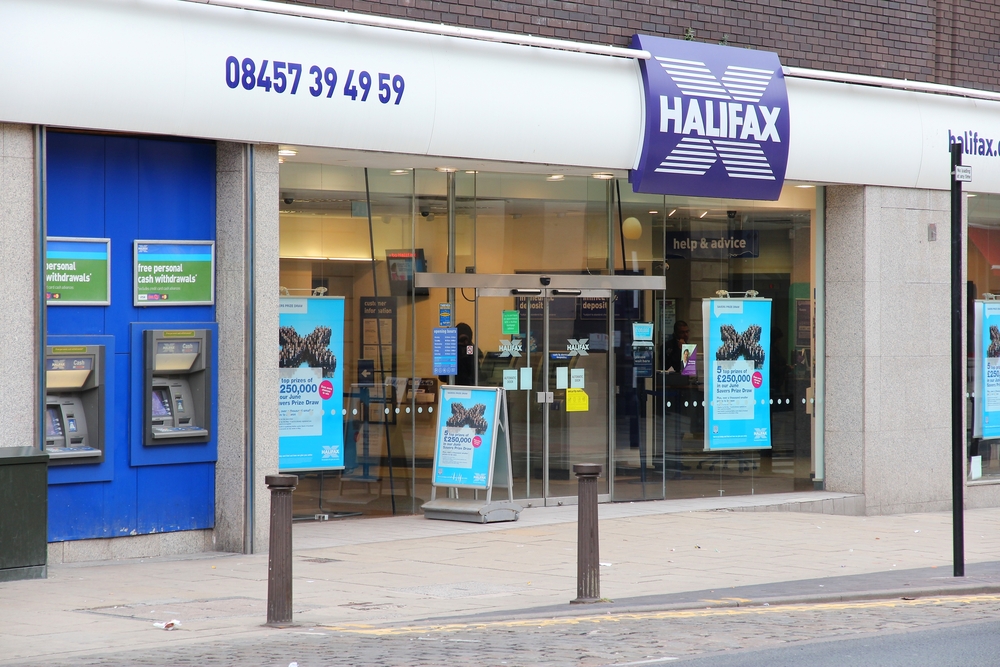Lloyds (LON: LLOY) share price has risen in the past three straight weeks as concerns about the banking sector eased. The stock jumped by more than 1% on Thursday after the strong house price index (HPI) data, which we wrote about here. It jumped to 49.05p, which was ~12.45% above the lowest level in March.
UK economic resilience
UK banks like HSBC, Lloyds, and NatWest have done relatively well in the past few weeks. For one, the banks emerged unscathed after the collapse of Credit Suisse, Silicon Valley Bank, and Signature bank.
This happened because the banks that crashed had unique challenges. Credit Suisse had multiple scandals that cost it billions of dollars. SVB and Signature Banks were unique in that they mostly catered to the technology and cryptocurrency industries.
Another reason why UK banks like Lloyds did well is that they are tightly regulated than other firms. For example, Lloyds Bank has a core tier 1 ratio of 15.6, which is the second-biggest in Europe after Unicredit. The same is true with banks like Barclays and HSBC.
Lloyds share price has jumped as investors change their outlook of the UK economy. Earlier this year, the consensus was that the economy will be the second-worst performer in the G20 after Russia. Recently, however, the economy has done better than expected.
For example, data by Gfk showed that consumer confidence has jumped to the highest level in more than a year. This is important since highly-confident consumers tend to spend and borrow more, which is a good thing for Lloyds.
Further, the housing sector is showing signs of bottoming. In a report, Halifax, which is owned by Lloyds Bank, said that house prices rose by 0.8% in March and by 1.6% on a year-on-year basis. Lloyds has a stake in the housing sector because of its goal to become a leading landlord in the country.
Lloyds share price technical analysis

The daily chart shows that the LLOY stock price has made a strong recovery in the past few days. In this period, the shares have moved above the 38.2% Fibonacci Retracement level. The shares are oscillating at the 50-day and 25-day moving averages.
Therefore, with the banking crisis fading, there is a likelihood that the stock will continue rising in the coming days. The most important upcoming catalysts are the bank’s ex-dividend day on April 13 and the upcoming bank earning season.
The post Here’s why the Lloyds share price is bouncing back: is it a buy? appeared first on Invezz.

